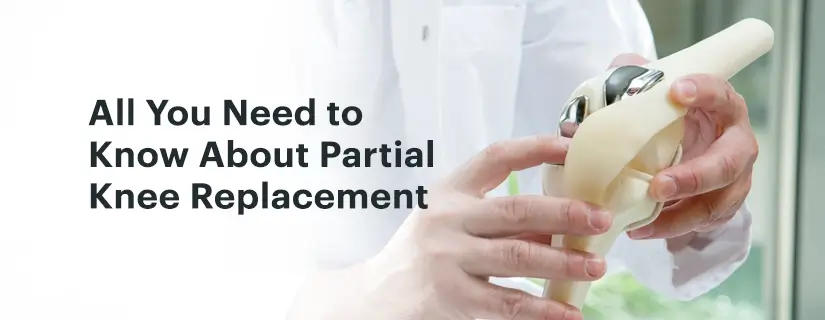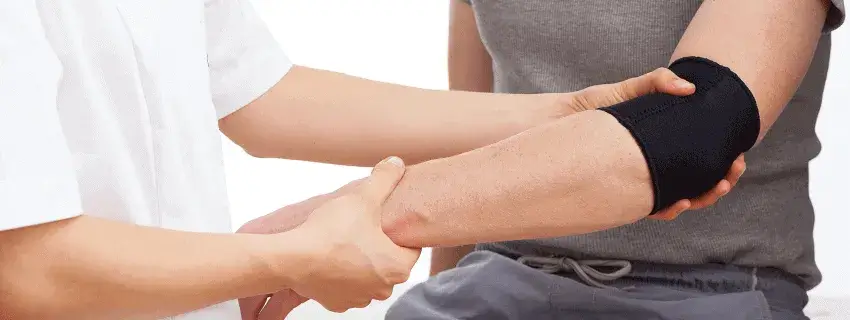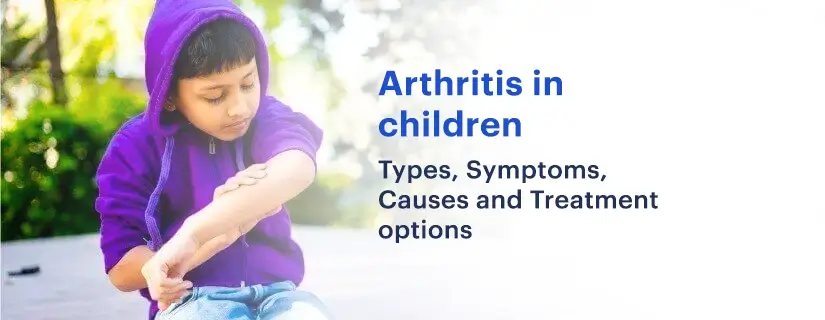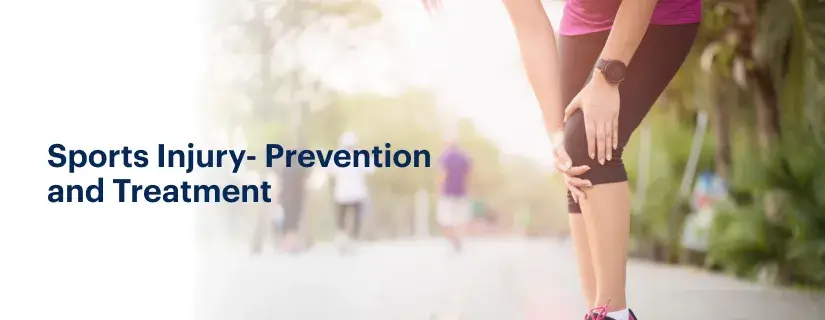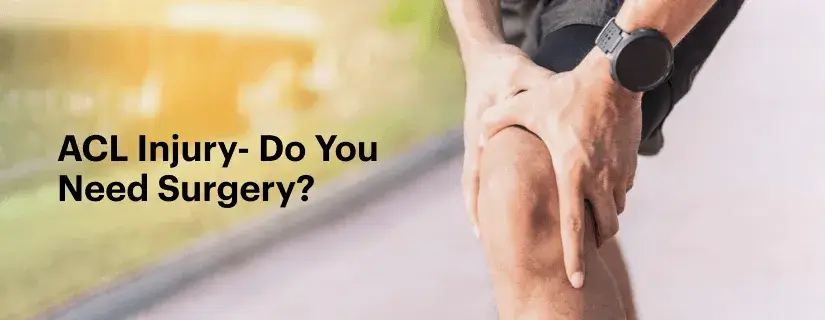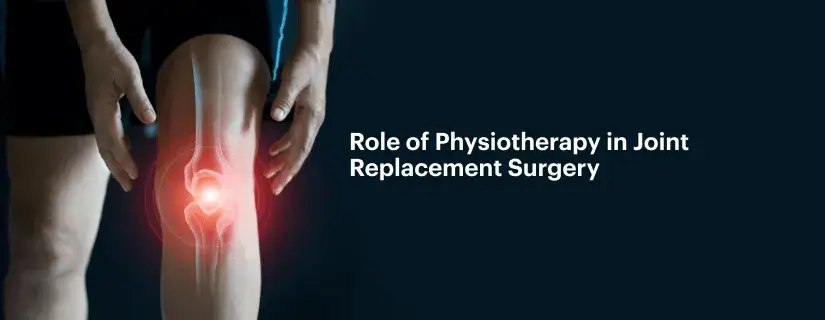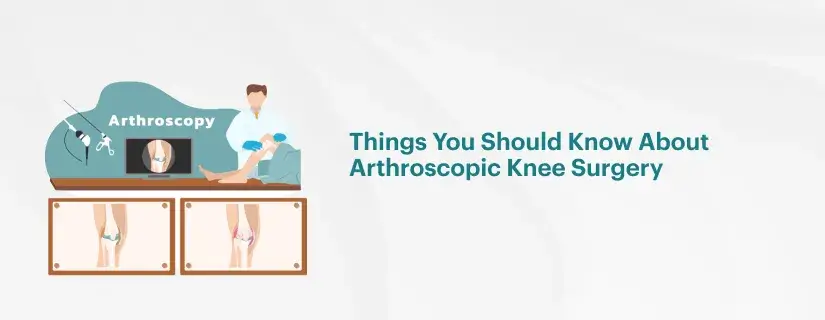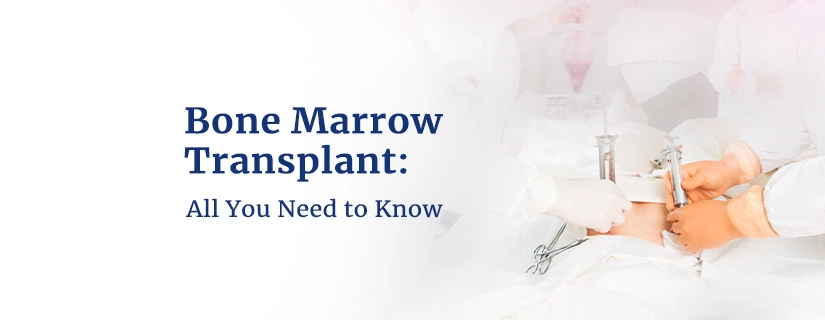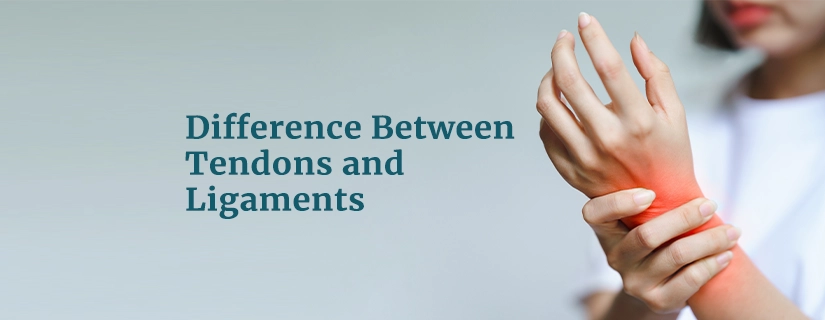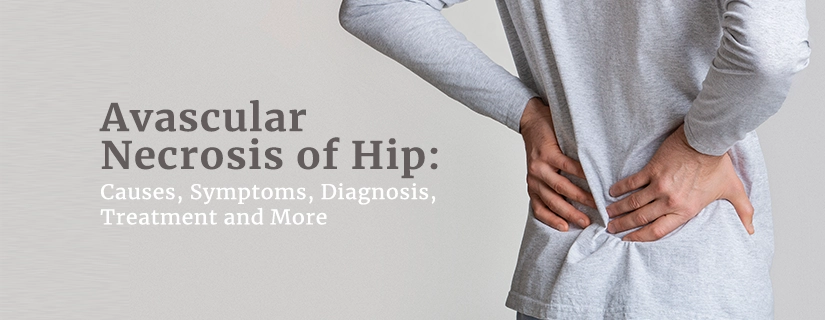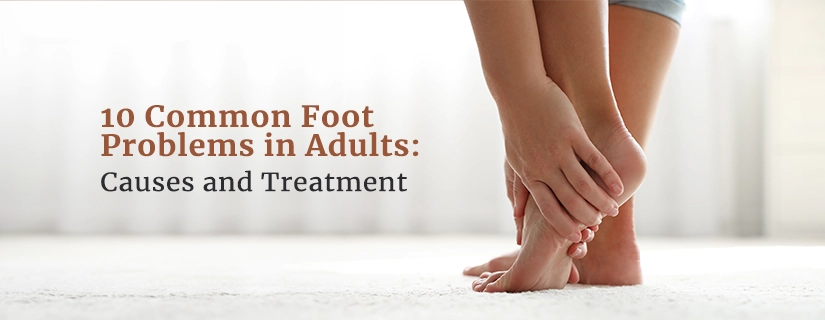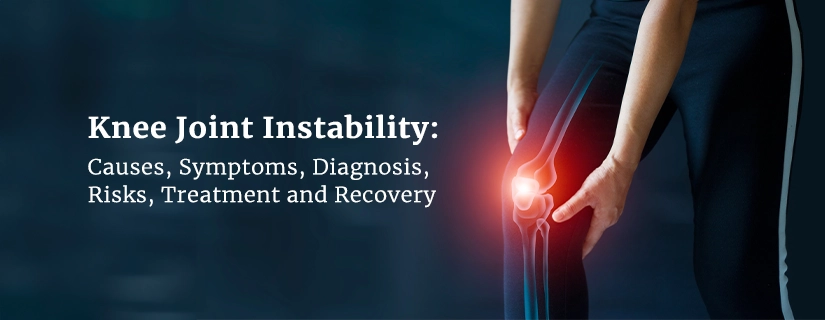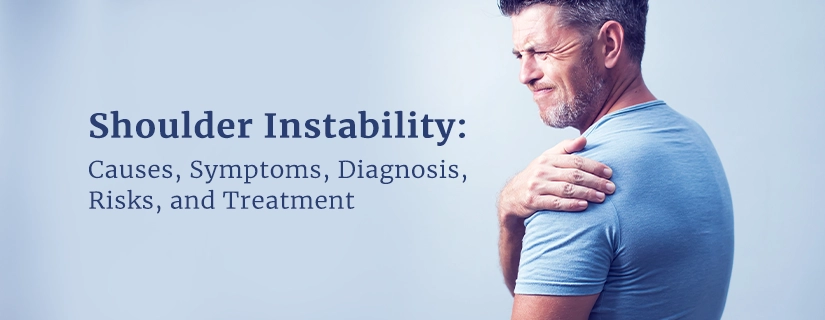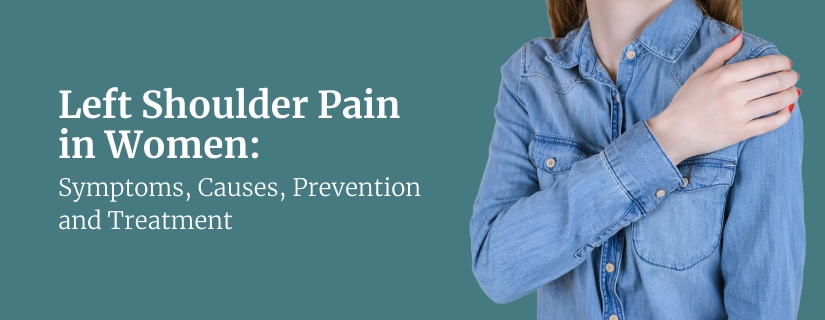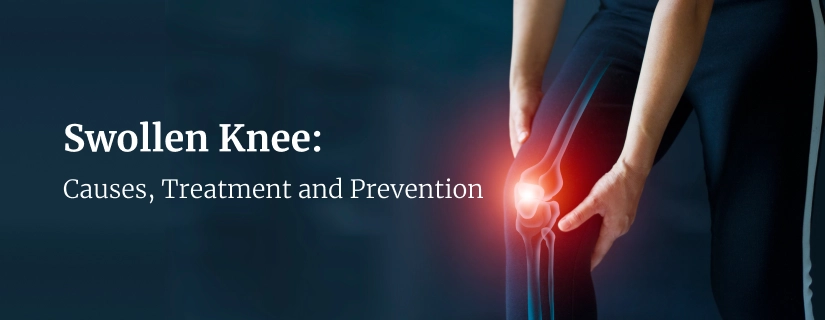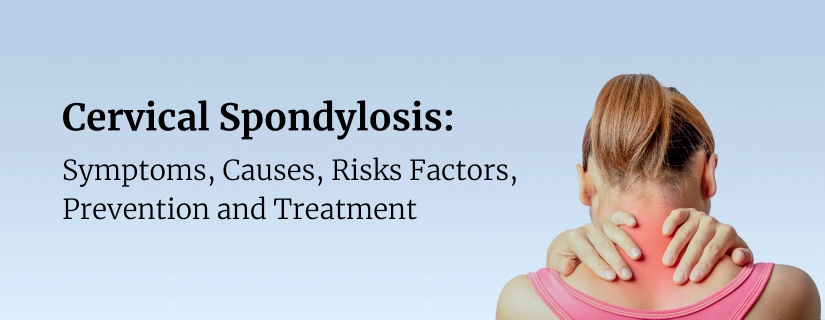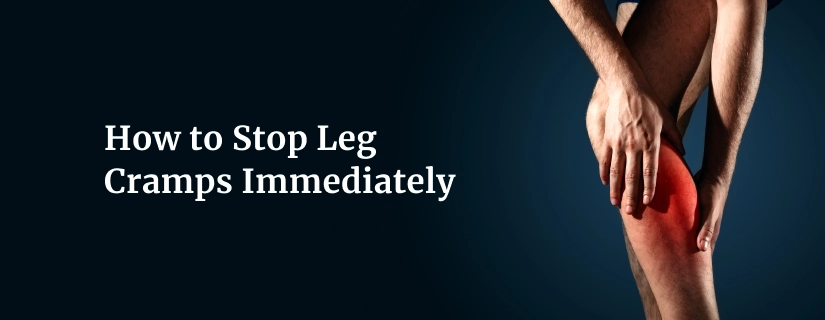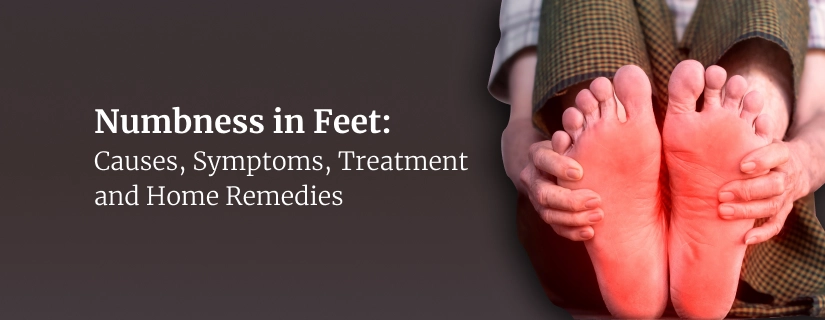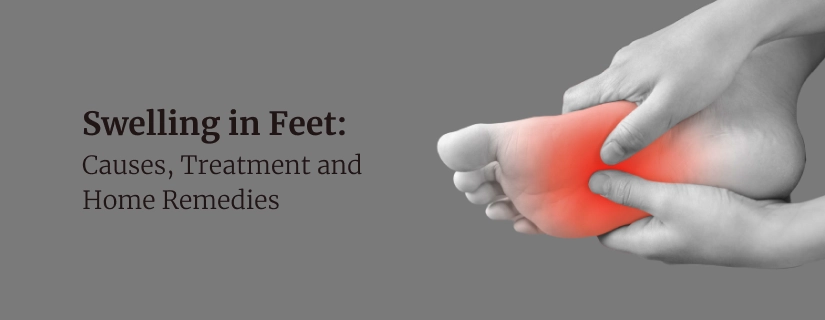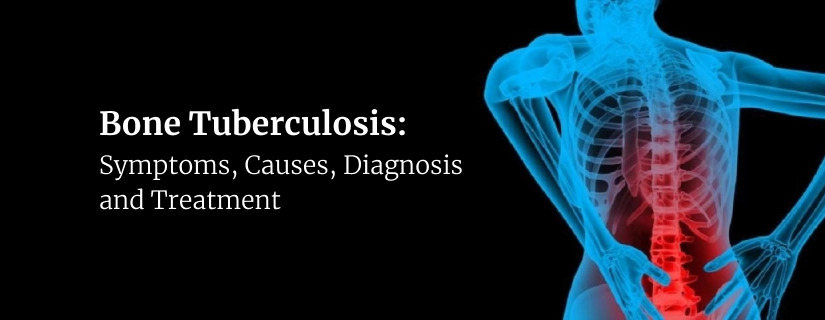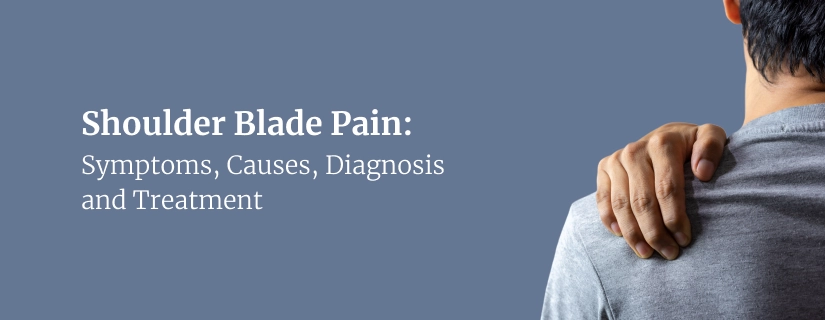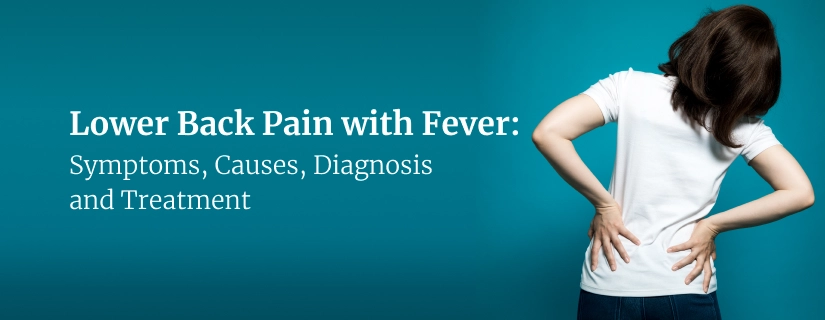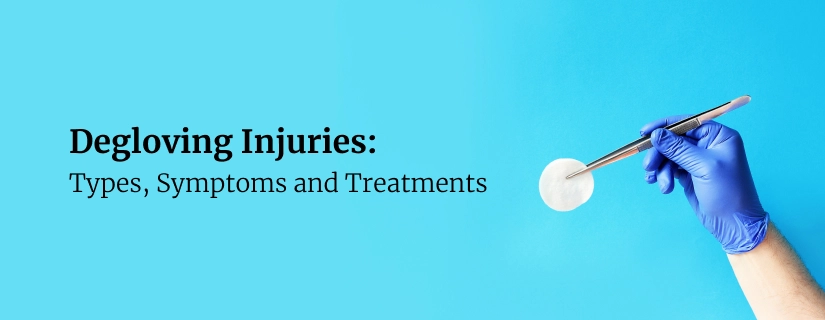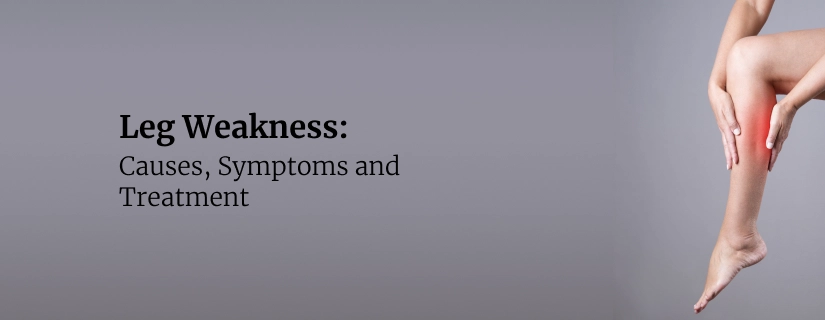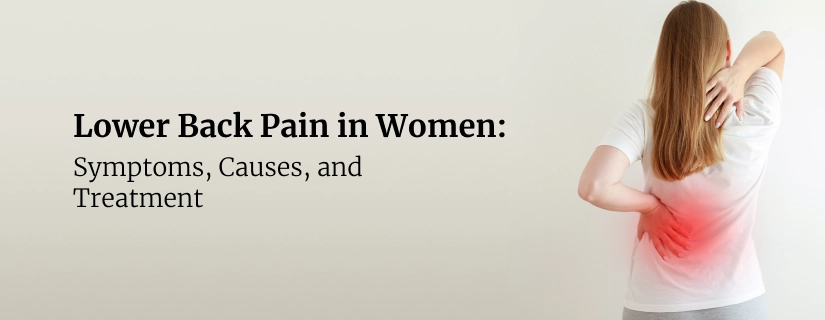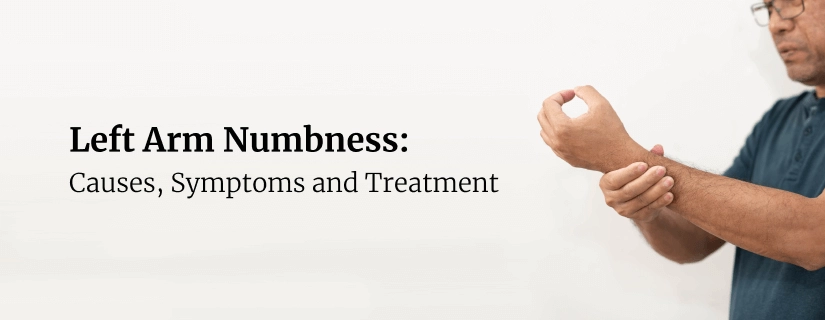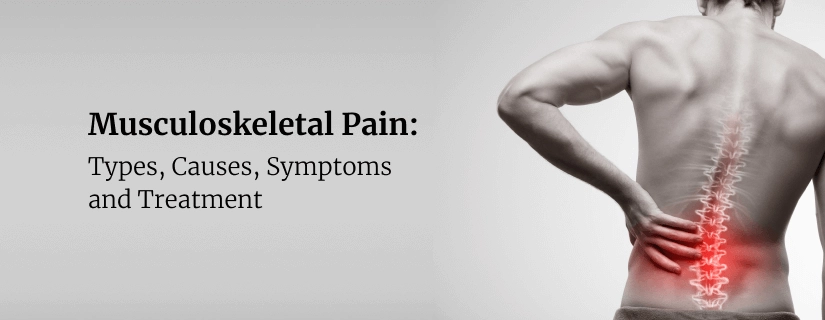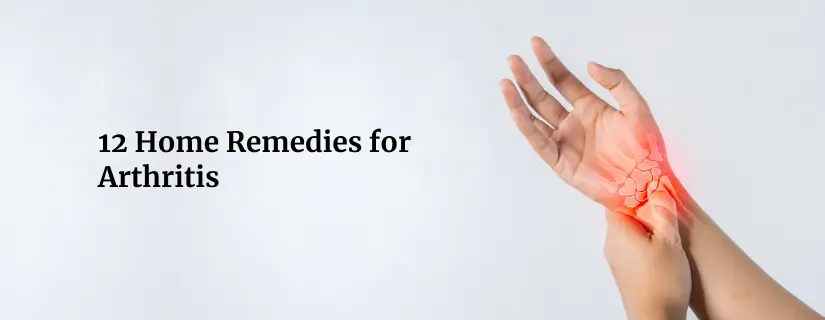-
Doctors
-
Specialities & Treatments
Centre of Excellence
Specialties
Treatments and Procedures
Hospitals & Directions HyderabadCARE Hospitals, Banjara Hills CARE Outpatient Centre, Banjara Hills CARE Hospitals, HITEC City CARE Hospitals, Nampally Gurunanak CARE Hospitals, Musheerabad CARE Hospitals Outpatient Centre, HITEC City CARE Hospitals, Malakpet
HyderabadCARE Hospitals, Banjara Hills CARE Outpatient Centre, Banjara Hills CARE Hospitals, HITEC City CARE Hospitals, Nampally Gurunanak CARE Hospitals, Musheerabad CARE Hospitals Outpatient Centre, HITEC City CARE Hospitals, Malakpet Raipur
Raipur
 Bhubaneswar
Bhubaneswar Visakhapatnam
Visakhapatnam
 Nagpur
Nagpur
 Indore
Indore
 Chh. Sambhajinagar
Chh. SambhajinagarClinics & Medical Centers
Book an AppointmentContact Us
Online Lab Reports
Book an Appointment
Consult Super-Specialist Doctors at CARE Hospitals
What is Osteoporosis and What Causes it?
Updated on 11 May 2023
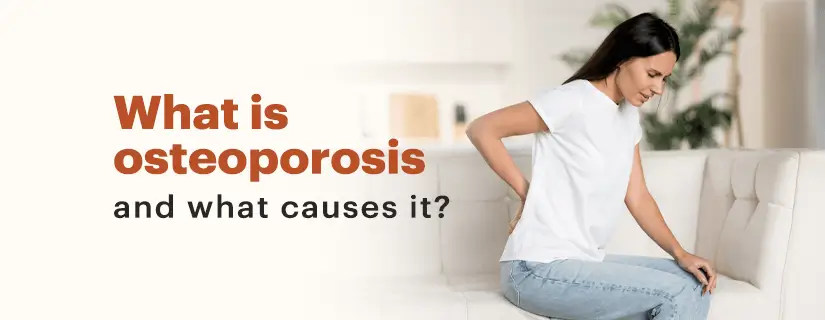
Osteoporosis is a disease in which the bones lose density and become fragile. It is caused by the loss of bone tissue over time, which can be accelerated by certain factors such as smoking or having an unhealthy diet.
About 200 million people suffer from osteoporosis worldwide. In India alone, there are around 50 million osteoporosis patients. Although it affects both men and women, women are four times more likely to get it. In addition, 30% of women and 40% of men over 50 will suffer osteoporosis-related fractures in their lifetime. This condition is called Osteopenia.
Symptoms of Osteoporosis
The most prevalent signs and symptoms of osteoporosis is a pain in the back or other bones of the body with no apparent cause. Other symptoms include:
- Muscle weakness
- Joint pain
- Headaches
- Loss of height over time
- Change in posture (can have hunched back)
- Brittle bones
Causes of Osteoporosis
Osteoporosis can be understood even without knowing exactly why it develops. Living and growing tissue makes up your bones. In healthy bones, the interior resembles a sponge. This area is called the trabecular bone. There is an outer layer of dense bone that surrounds the spongy bone. The hard shell of the bone is known as the cortical bone.
The bones support the body and protect vital organs in osteoporosis, but they also store calcium and other minerals. When osteoporosis occurs, the holes/gaps in the "sponge" increase in size and number, weakening the insides of the bone. When calcium is required, the body breaks down the bone for calcium and rebuilds it with supplement calcium. In this way, calcium can be supplied to the body while maintaining bone strength by a process known as bone remodeling.
In your later years, you tend to lose bone mass more quickly than you gain it, leading to gradual bone loss. Menopause and pregnancy can be the other factors to cause or worsen osteoporosis.
How Common is Osteoporosis?
Osteoporosis is a very common condition, particularly among older adults. Its prevalence varies depending on factors such as age, gender, and geographic location. Here are some general statistics regarding the prevalence of osteoporosis:
- Women vs. Men: Osteoporosis is more common in women than in men. Women are at a higher risk due to factors like hormonal changes during menopause, which can lead to bone loss.
- Age-related factor: As people age, the risk of osteoporosis increases. It is more prevalent among older adults, especially those over the age of 50.
- Lower calcium intake: Those with lower calcium intake in their diets may have higher chances of getting affected with osteoporosis.
Osteoporosis Treatment
Osteoporosis treatment aims to strengthen bones, prevent further bone loss, and reduce the risk of fractures. The specific approach to treatment may vary based on an individual's risk factors, bone density, and overall health. Common strategies for managing osteoporosis include:
- Medications: Several types of medications are available to treat osteoporosis. Doctor will prescribe some medications for treating osteoporosis after diagnosing the condition thoroughly, according to age, stage and level of pain.
- Lifestyle Changes: Adopting healthy lifestyle habits can help manage osteoporosis:
- Regular Exercise: Weight-bearing exercises, resistance training, and balance exercises can improve bone strength and reduce the risk of falls.
- Balanced Diet: Consume a diet rich in calcium, vitamin D, and other nutrients essential for bone health.
- Avoiding Smoking and Excessive Alcohol: Smoking and excessive alcohol consumption can contribute to bone loss; therefore, minimizing these habits is advisable.
- Fall Prevention: Taking precautions to prevent falls is crucial to avoid fractures:
- Home Safety Measures: Remove tripping hazards, install grab bars, ensure proper lighting, and use non-slip rugs or mats.
- Assistive Devices: Use canes or walkers if needed for stability and safety.
- Regular Bone Density Testing: Periodic bone density tests help monitor bone health and assess the effectiveness of treatment.
Treatment plans should be personalized based on an individual's specific circumstances and medical history. Consultation with a healthcare professional, such as a doctor specializing in bone health (like an endocrinologist or rheumatologist), is essential to determine the most appropriate treatment approach for managing osteoporosis.
How is Osteoporosis Diagnosed?
An osteoporosis diagnosis is made by a medical professional using a bone density test. An imaging examination that gauges the strength of your bones is called a bone density test. It measures the amount of calcium and other minerals in your bones using X-rays.
Bone density tests are frequently referred to as DEXA, DXA, or bone density scans by medical professionals. These are all distinct titles for the same examination.
A bone density test measures the mineral content and density of your bones using low doses of X-rays. It resembles a standard X-ray.
This test does not involve any injections or needles.
The easiest approach to diagnose osteoporosis before it causes a bone fracture is to get your bone density checked. If you have osteopenia, are over 50, or have a family history of osteoporosis, your doctor may advise you to undergo routine bone density testing.
How to Prevent Osteoporosis?
The best ways to prevent osteoporosis are typically to exercise and ensure that your diet contains adequate amounts of calcium and vitamin D. The optimal course of action for you and your bone health will be determined in collaboration with your physician.
To lower your chance of getting hurt, implement these general safety advice:
- Wear your seatbelt at all times.
- Wear the appropriate safety gear when participating in any sports and activities.
- Ensure that nothing might trip you or others in your house or work area.
- When reaching for anything at home, always use the appropriate tools or equipment. Never stand on worktops, tables, or chairs.
- Adhere to a healthy workout and nutrition regimen.
- If you have trouble walking or are more likely to fall, use a walker.
Who is at Risk of Osteoporosis?
- A woman's ethnicity can also affect how likely she is to develop osteoporosis. African-American and Hispanic women are commonly at risk of developing osteoporosis. The rate of death after a hip fracture is higher for African-American women than for white women.
- A person's frame and weight affect their osteoporosis risk. People with smaller frames and lighter weights are at a higher risk.
- You may be at a higher risk of osteoporosis if you have a family history of osteoporosis. For instance, they may have broken their hips after a minor fall.
- In addition, some medical conditions and medications, including some associated with irregular hormone levels, may increase your risk of osteoporosis.
Conclusion
To conclude, if you suffer from osteoporosis already, you can also slow your bone loss rate with a certain course of treatment. Consult the doctor immediately if you face any of the symptoms of osteoporosis to avoid any mishap. Take Care! Stay Safe!

ENQUIRY FORM
SELECT CATEGORIES
-
Neurosciences (16)
-
Neurology (37)
-
Neurosurgery (14)
-
Orthopaedics (48)
-
Oncology (33)
-
Obstetrics and gynecology (52)
-
Pulmonology (23)
-
Urology (20)
-
Nephrology (13)
-
Psychiatry (7)
-
Dietetics and Nutrition (111)
-
General Medicine (63)
-
Cardiac Sciences (32)
-
Vascular & Endovascular Surgery and Interventional Radiology (15)
-
Gastroenterology (46)
-
Endocrinology (23)
-
Plastic Surgery (10)
-
Critical Care Medicine (5)
-
COVID-19 (16)
-
Dermatology (16)
-
Emergency Care (1)
-
Ophthalmology (4)
-
Pediatrics (14)
-
Laparoscopic and Bariatric Surgery (8)
-
ENT (15)
-
Kidney Transplant (1)
-
Liver Transplantation and Hepatobiliary Surgery (5)
-
General Surgery (3)
-
Internal Medicine (5)
-
Medicine Information
Physical therapy: Who can benefit, and how can it help?
Tips to Reduce Knee Pain
YOU MAY ALSO LIKE
RECENT BLOGS
-
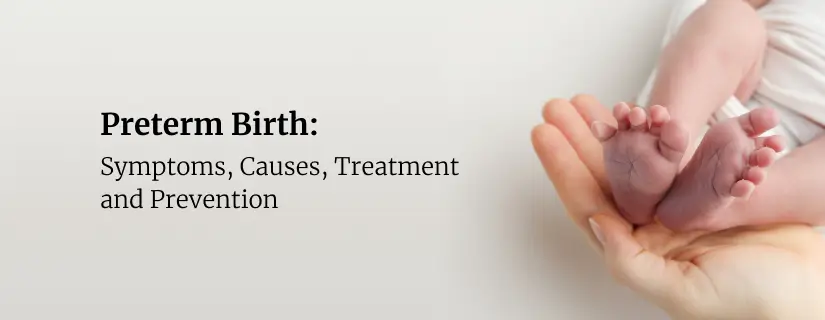
Preterm Birth (Premature Birth): Symptoms, Causes, Treatment and Prevention
13 May 2025
Read More
-
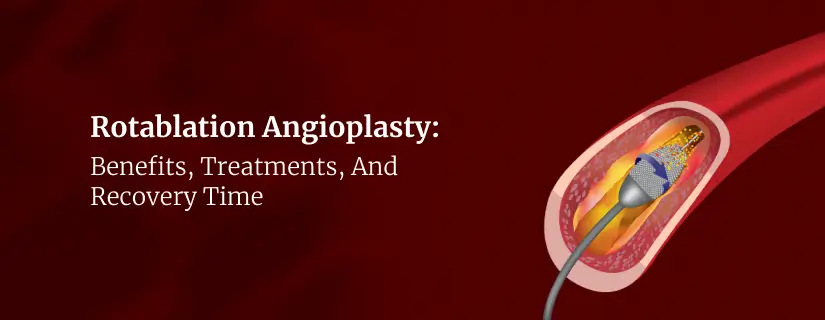
Rotablation Angioplasty: Benefits, Treatments, And Recovery Time
9 May 2025
Read More
-

What Is The Difference Between IUI and IVF?
9 May 2025
Read More
-
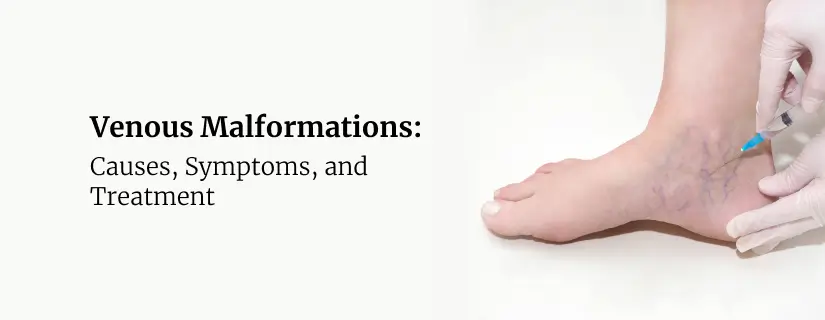
Venous Malformations: Causes, Symptoms, and Treatment
30 April 2025
Read More
-
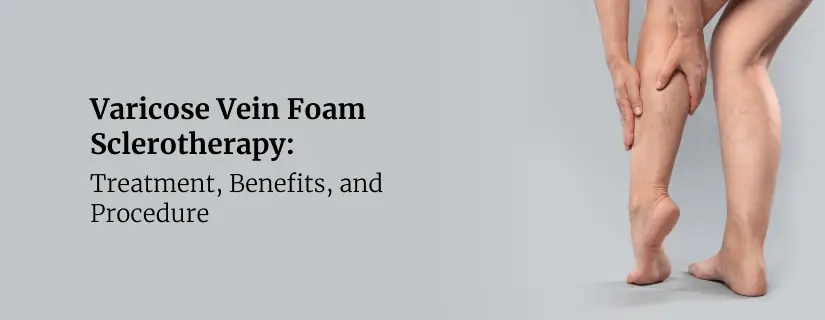
Varicose Vein Foam Sclerotherapy: Treatment, Benefits, and Procedure
30 April 2025
Read More
-
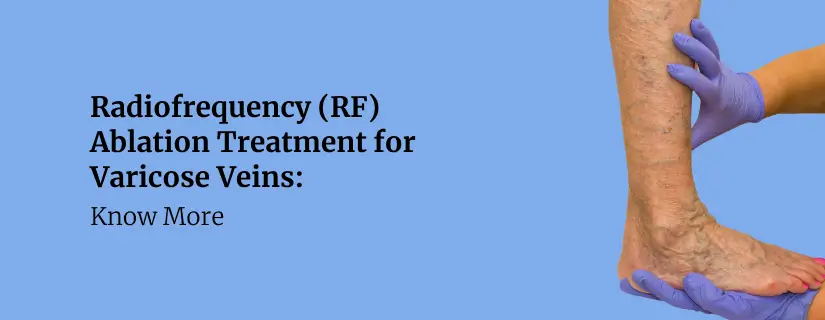
Radiofrequency (RF) Ablation Treatment for Varicose Veins: Know More
30 April 2025
Read More
-
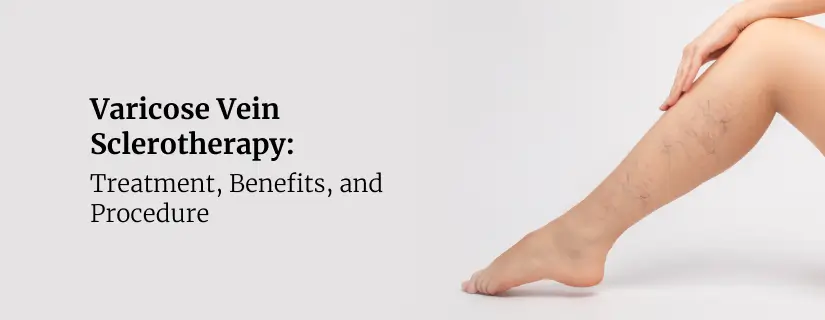
Varicose Vein Sclerotherapy: Treatment, Benefits, and Procedure
30 April 2025
Read More
-
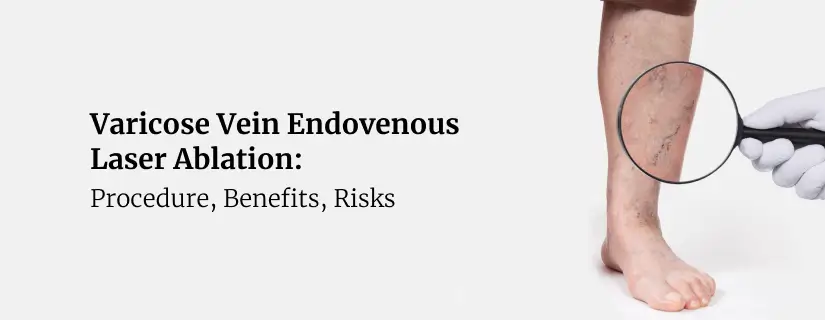
Varicose Vein Endovenous Laser Ablation: Procedure, Benefits, Risks
30 April 2025
Read More
Have a Question?
If you cannot find answers to your queries, please fill out the enquiry form or call the number below. We will contact you shortly.










